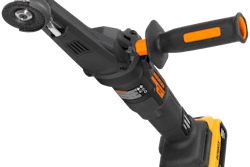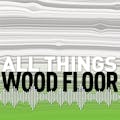What do you get when you mix 40 million acres of beetle-ravaged forests with dry conditions and strong winds? Record fires in New Mexico and the worst fire season for Colorado in a decade, that's what.
"We've always had bark beetle infestations, but we've never had anything that's been so widespread and spread so quickly," Tom Tidwell, chief of the U.S. Forest Service (USFS) recently told the Associated Press. "The only place it's really starting to slow down is just where we're starting to run out of trees."
With forest fires ravaging swaths of the U.S., university researchers across the country are using computer modeling in an attempt to identify high-risk areas. The usual factors include topography, fuels and weather, and today researchers are delving deeper into beetle-related factors, including the bug's species and the color of needles on trees they have already killed.
For instance, some researchers believe fire danger is highest when beetle-kill trees have red needles; they result in crown fires that are the most difficult to put out. The USFS determined last year that red needles ignite three times faster and burn more intensely since they contain 10 times less moisture than healthy trees.
Luckily, new USFS research shows the number of acres being attacked by beetles has decreased from a peak of 8.8 million in 2009 to 3.8 million in 2011. In the West, however, there are pockets where attacks are accelerating.




















